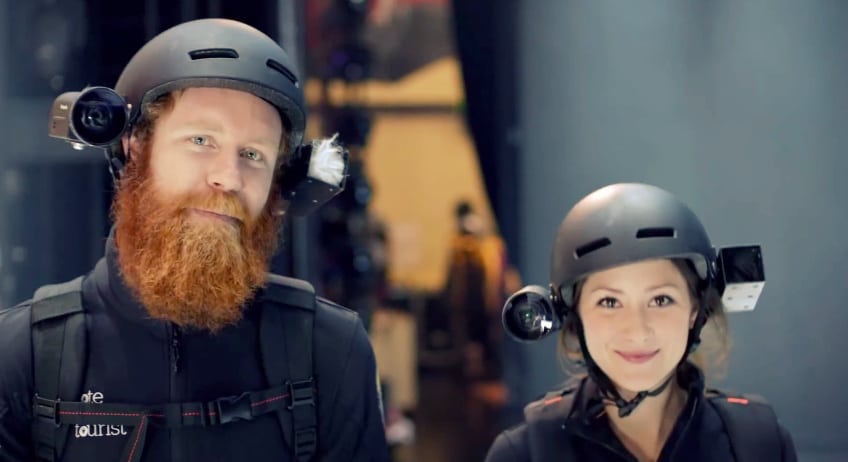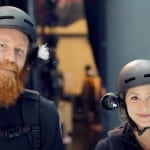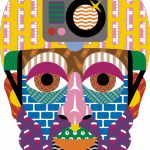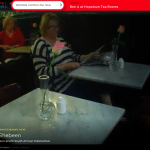Skift Take
Even if Google Glass does not take off in its current form, wearables are here to stay. This campaign, though unwieldy from a usability perspective, will help show the potential of this technology and its application in travel and the marketing of it.
- Getting ready for the start of campaign.
- Two of the ‘Remote Control Tourists’, with their cams.
- The cool male logo for the campaign
- The female version of the logo
- The site, live with the two remote controlled cameras.
- The first camera on Ben, as he walks around various shops and restaurants in Melbourne.
Tourism Victoria has launched a AU$3.6 million digital campaign for Melbourne that will be widely copied, likely mocked, and morphed in various ways as Google Glass and other wearables become a more mainstream reality.
Whatever happens, it will certainly become more than a footnote in showing the potential of using digital wearables in travel marketing.
The campaign, called Melbourne Remote Control Tourist, is comprised of two men and two women wearing helmets fitted with video cameras, microphones, GPS tracking devices, and live-streaming tech. The four participants walk and bike through Melbourne — around the trendy areas of the city such as Carlton, Collingwood, Fitzroy, and others — at the behest of online, social, and mobile users. And as they explore various part of the city they live stream it online at Remotecontroltourist.com.
People can suggest movements by the participants by visiting the website and logging in via their Facebook or Twitter accounts. You can, for instance, insert an order such as “Get me an espresso, it’s late” and one of the four substitute tourists may walk down the street to get you one of Melbourne’s impressive short blacks.
Leading the Way
Even if you are not bossing around the four tourist proxies, you can watch their progress online and get a good sense of the city, thanks to some impressive-yet-basic tech.
It hits on all the current themes in digital and tourism marketing: wearables (like Google Glass), social media, content marketing, the rise of local authentic experiences, cities as hipsters meccas, and many others that will be discovered as the Remote Controlled Tourists explore Melbourne.
The promotion runs from October 9-13 and was created by Clemenger BBDO Melbourne. It is aimed at the young, digitally savvy crowd from within the country, but hoping due to the buzz it generates, to have international appeal as well. It will also use outside advertising and social media promotion to generate ongoing engagement with video content and get repeat site visits after the initial five-day live period, though it will be tough to make the non-live experience exciting.
Melbourne is already the most visited city in Australia in terms of total visitor nights spent, beating its arch-rival Sydney. Now Sydney really needs to play catch up.
Ask Skift Is the AI Chatbot for the Travel Industry
Go deeper into the business of travel with Skift’s new AI chatbot.
Have a confidential tip for Skift? Get in touch






